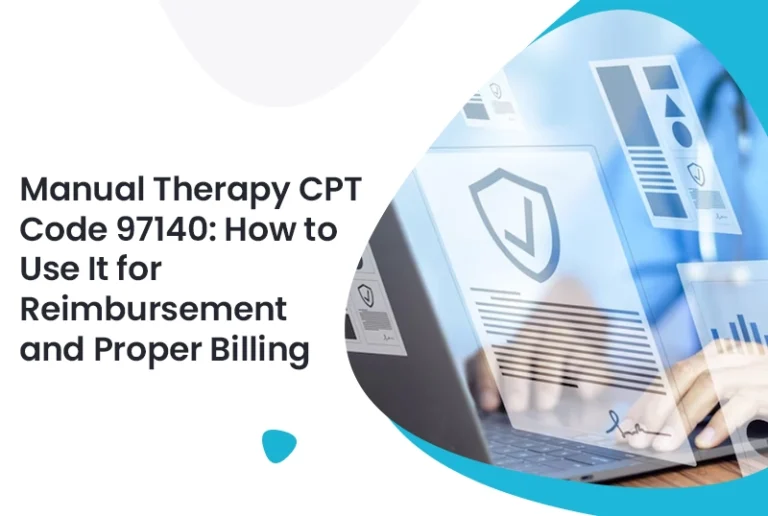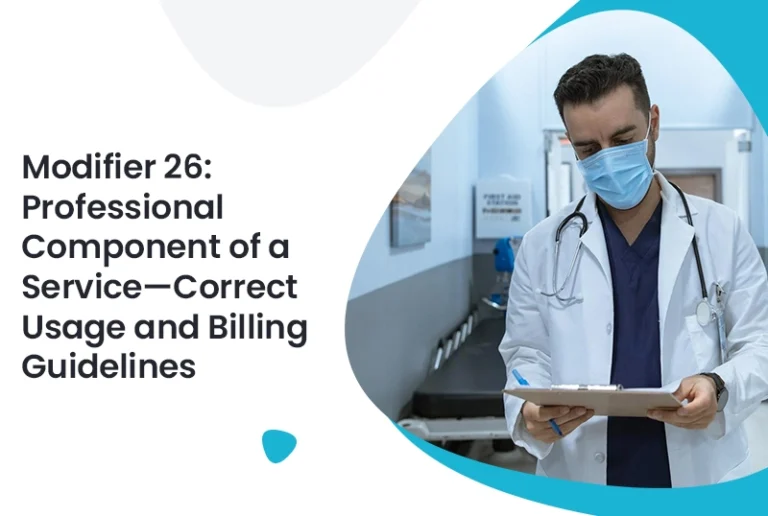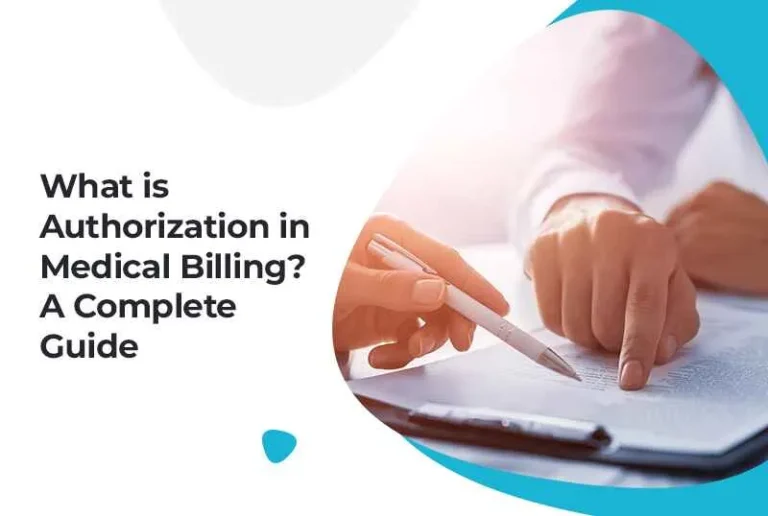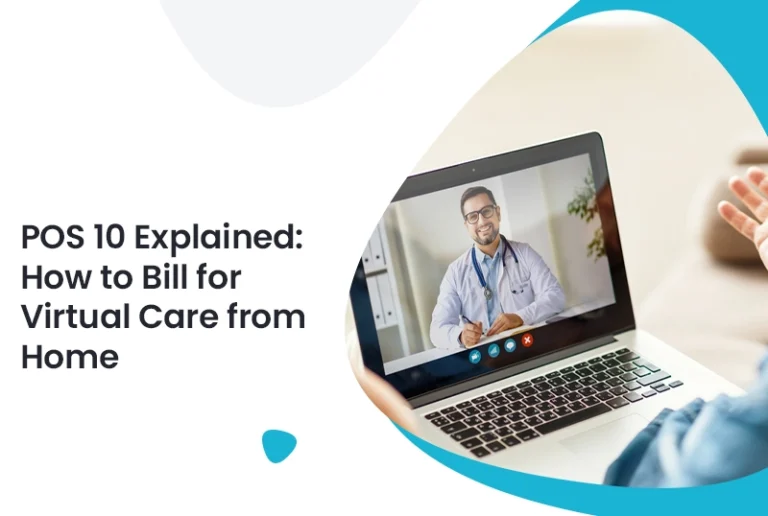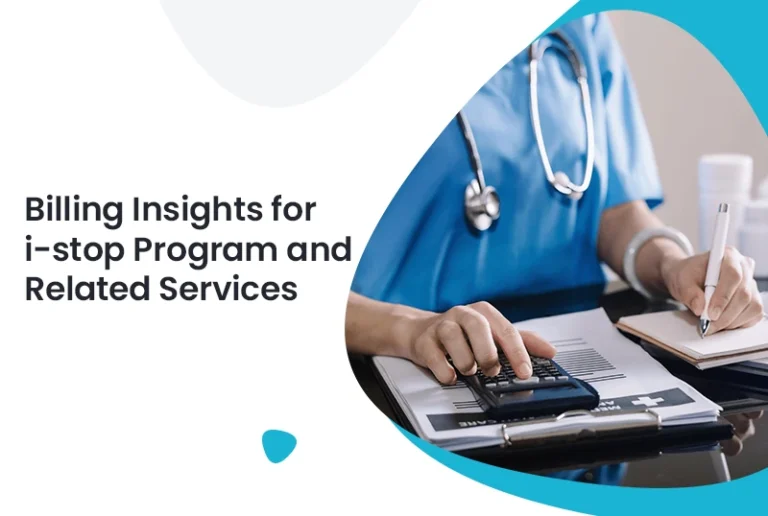If you are a healthcare professional or work in medical billing, you have likely encountered the 99417 CPT code. This code is essential for billing extended evaluation and management (E/M) services. Whether you’re part of a healthcare team, a billing professional, or a physician, knowing how to apply the 99417 CPT code is crucial for correct reimbursement and avoiding denials.
Working with a reputable medical billing company can assist many small businesses in negotiating the complexity of CPT codes like 99417. Knowing when and how to apply this code will guarantee that you receive just compensation for the extra time and attention you give patients.
What is the 99417 CPT Code?
The 99417 CPT code applies to prolonged services in evaluation and management (E/M). Use it when the time spent on a patient’s visit exceeds the typical duration for a specific E/M service. This code covers both office and outpatient services when extra time is required to evaluate and manage the patient.
Common Situations for Using 99417:
- Complex or detailed patient conditions that require extended time
- Discussing test results, treatment options, or care coordination
- Managing patients with multiple comorbidities that need extra consultation
This code ensures providers are paid for extra time spent on patient care, beyond the standard E/M code.
When to Use the 99417 CPT Code
The 99417 CPT code is used in combination with an existing E/M code, typically for office visits (99205 or 99215). However, it is important to understand the specific guidelines for when you can apply the code.
Key Billing Criteria for 99417:
- Time-Based Billing: To use 99417, the total time spent must exceed the typical time for the chosen E/M code by at least 15 minutes.
- Direct Patient Interaction: The prolonged time must be spent directly with the patient, either face-to-face or through telehealth, if applicable.
- Not Used Alone: This code cannot be billed independently. It must be used in conjunction with the corresponding E/M service code.
For healthcare providers, this means accurately documenting patient interaction times and understanding when the service extends beyond standard parameters.
Documentation Tips for 99417
Proper documentation is essential to support the use of the 99417 CPT code. Insufficient documentation or vague notes can lead to claim rejections or delays in payment. Here’s what to include:
What to Document:
- Exact Time Spent: Record the total time spent on the patient visit, highlighting the time exceeding the usual E/M service time.
- Details of Service: Provide specifics on the activities conducted during the prolonged visit, such as reviewing medical history, discussing complex cases, or providing extensive counseling.
- Medical Necessity: Ensure that the extended time was medically necessary, and document why it was needed for the patient’s care.
Moreover, using a professional credential service ensures that your billing staff or providers are properly credentialed for services rendered, making it easier to manage such complex codes without the risk of denials.
Read more about: cpt modifiers, pt cpt codes, cpt 97140, 97535 cpt code
Billing Guidelines for 99417 in 2025
As with all CPT codes, payer policies must be carefully followed. Each insurance provider may have slight variations in how it handles prolonged services. Here’s what you should know:
Billing Best Practices:
- Understand Time Requirements: Ensure that your billing reflects the additional 15 minutes required for the prolonged service.
- Correct Modifier Use: Depending on the insurer, you may need to use modifiers such as 25 to indicate a significant, separately identifiable service.
- Coordinating with Other Codes: Always double-check that 99417 is billed in conjunction with the correct E/M code. Combining these codes without following payer guidelines can result in claim rejection.
For medical practices, having an efficient medical billing and coding system in place is vital to ensuring proper submission of claims and faster reimbursement.
Common Mistakes to Avoid
Using the 99417 CPT code can be tricky, especially when managing multiple codes in a single visit. To help you avoid costly mistakes, here are common pitfalls to watch out for:
Frequent Mistakes:
- Incorrect Time Reporting: Failing to document the additional time spent or inaccurately reporting the total time.
- Billing Without Supporting Documentation: Not adequately detailing the prolonged service in the patient’s chart, which may lead to a claim denial.
- Billing for Unnecessary Services: Attempting to use 99417 for routine services or when the time wasn’t spent in direct patient care.
Being mindful of these mistakes can ensure your billing remains accurate and your claims are processed smoothly.
Conclusion
The 99417 CPT code is very important for making sure that healthcare workers get paid for the extra time they put into caring for patients. Correct application of this code, adequate documentation, and knowledge of payer policies all help to lower the chance of claim denials and preserve a seamless income stream.
Small offices will find it simpler to negotiate these complexities by working with a reputable medical billing business and using professional credential services. Effective and efficient billing also depends on keeping current with medical billing and coding best practices.
FAQs
Q1: Can I use the 99417 CPT code without the standard E/M code?
No, the 99417 code must be billed alongside a valid E/M code, such as 99205 or 99215.
Q2: What should be included in the documentation for prolonged services?
Document the exact time spent on the visit, the activities performed, and why the prolonged service was necessary for the patient’s care.
Q3: Are there any specific payer requirements for 99417?
Yes, payer requirements can vary, so reviewing each insurer’s guidelines is important to ensure correct billing.
Q4: What happens if 99417 is not documented properly?
Failure to document appropriately can result in claim denials or delays in payment. Always ensure that the extended time and services are well-supported.


